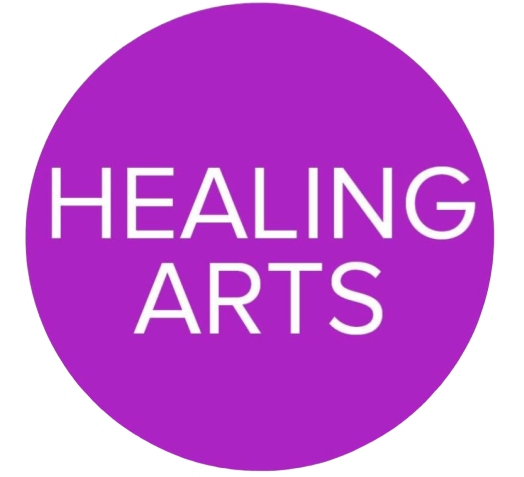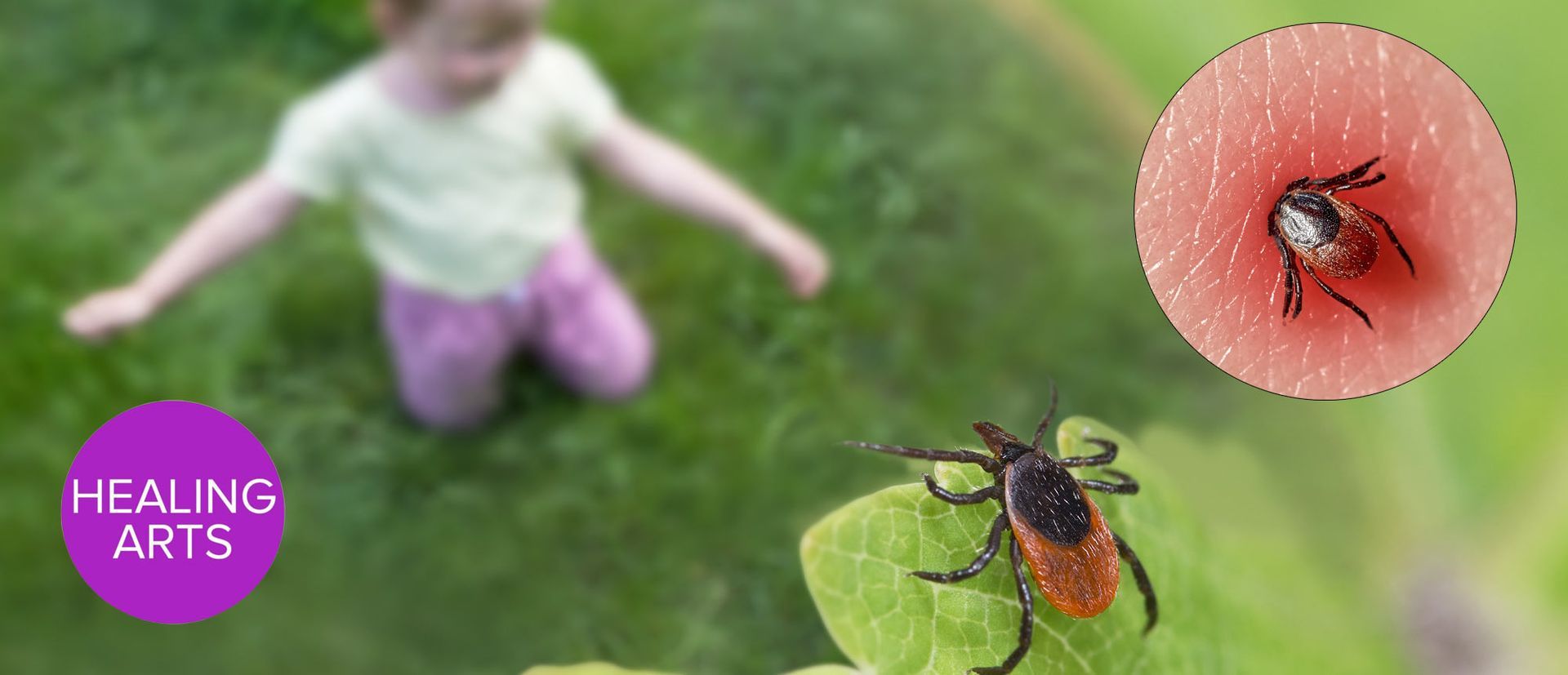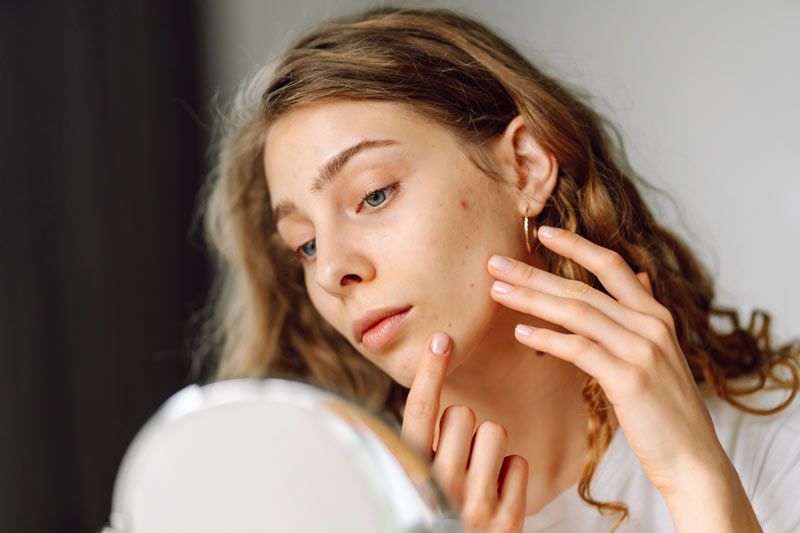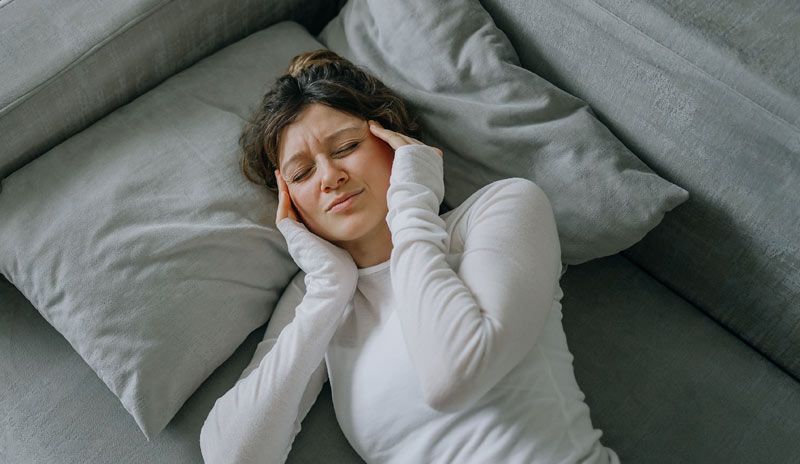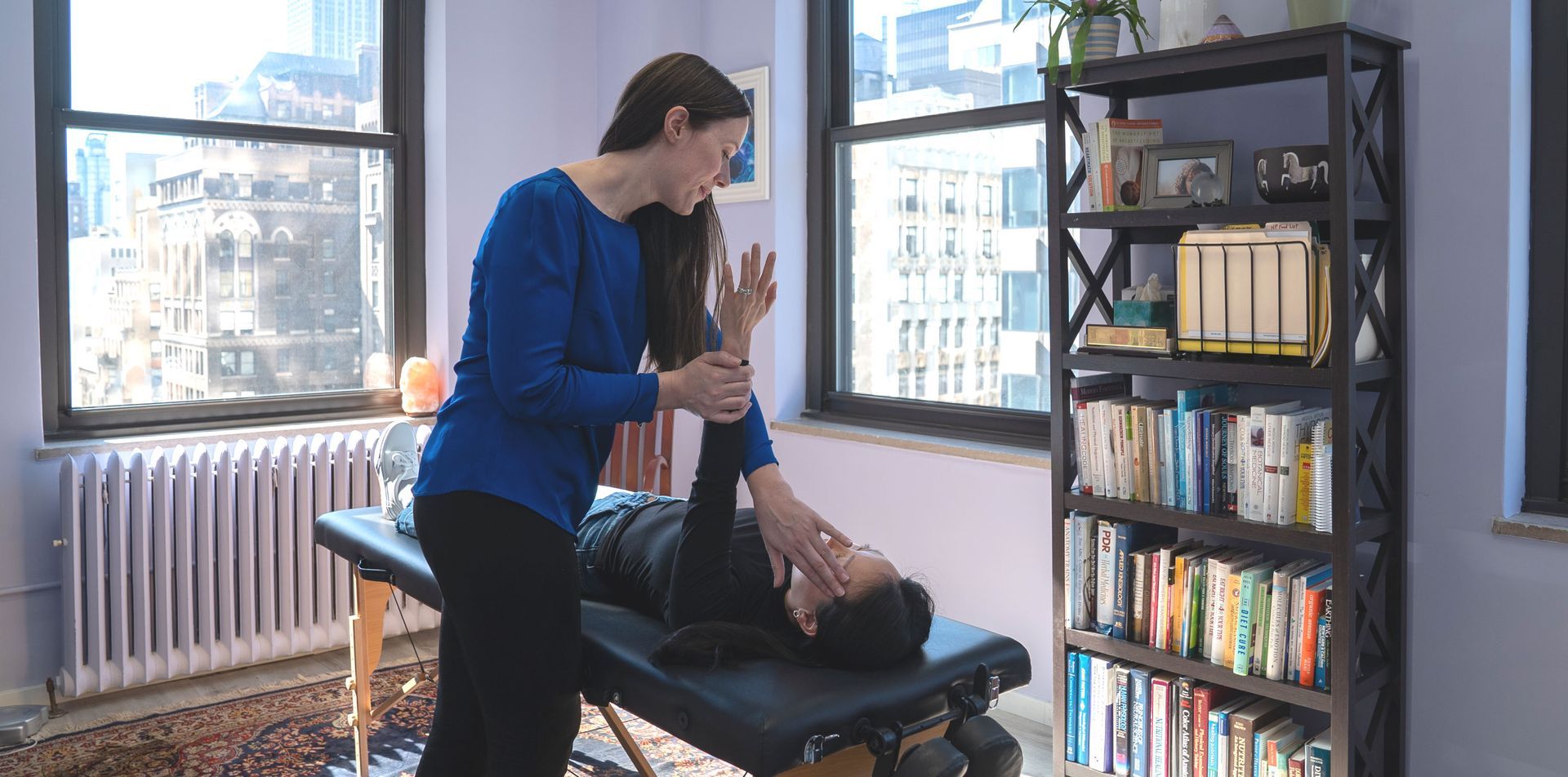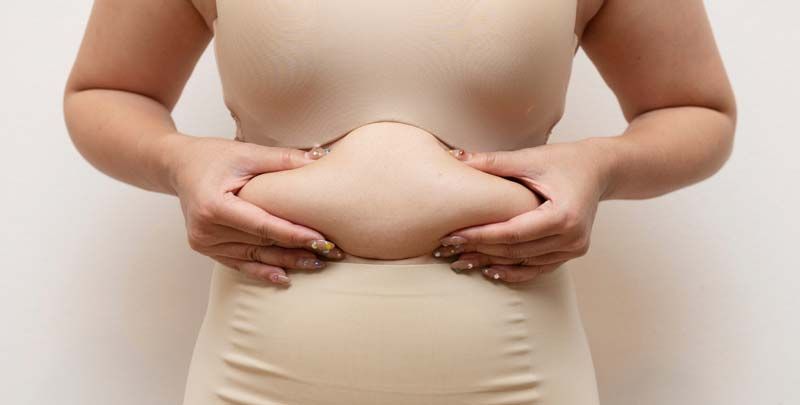What You Should Know About Lyme Disease as the Season Approaches
Antibiotics alone may not suffice because the Lyme disease bacterium can hide in cells. When it does this, the cell membrane inadvertently protects the bacteria and shields it from the antibiotics. The bacteria can also hide dormant in the nervous system, among other places, where antibiotic drugs can't reach them.
-Dr. Alicia Armitstead
Lyme disease is a complicated infection, challenging to diagnose and even harder to treat if doctors miss an early diagnosis, which is all too often the case. Lyme disease treatment is tricky because most doctors' offices use the most popular blood tests to detect the disease and miss about 55% of Lyme cases. If and when a patient finally is diagnosed, it's sometimes by a clinical evaluation of the symptoms, ones that often mimic other ailments like fibromyalgia, chronic fatigue, irritable bowel syndrome, rheumatoid arthritis, and even Alzheimer's disease.
Complicating matters even further; symptoms can change and move, making it even harder for doctors to diagnose and treat effectively. Headaches, migrating pain, bowel problems, uncharacteristic mood swings, panic attacks, and sleep disorders are just a few of the symptoms commonly reported in Lyme patients.
What is Lyme Disease?
Lyme disease is an infectious disease caused by a bacterium called Borrelia burgdorferi, which is commonly transmitted to humans through the bite of an infected black-legged or deer tick. Symptoms of Lyme disease can include fever, fatigue, headache, muscle aches, and a characteristic "bull's-eye" rash at the site of the tick bite. If left untreated, Lyme disease can lead to more severe complications affecting the joints, heart, and nervous system. Conventional medical treatment typically involves antibiotics; early detection and treatment are essential in preventing long-term complications.
How Do Deer Ticks Find Human Hosts?
Deer ticks, also known as black-legged ticks (Ixodes scapularis), locate human hosts by using a process known as "questing." This behavior involves ticks climbing to the tips of vegetation, such as tall grass or shrubs, and extending their front legs to grasp onto passing animals or humans. When a person brushes against the vegetation where a tick is questing, the tick can quickly transfer onto their clothing or skin.
Ticks are highly sensitive to changes in temperature, humidity, and carbon dioxide levels, which help them detect nearby hosts. They are also attracted to hosts by sensing movement, heat, body odors, and chemical substances emitted by animals and humans. Once a tick latches onto a host, it may crawl to areas of the body with thinner skin, such as the scalp, behind the ears, under the arms, and around the groin, to feed on blood.
It is worth noting that ticks do not jump or fly like some other insects but rely on their questing behavior to seek out hosts. Being cautious in tick-infested areas, wearing protective clothing, using insect repellent, and conducting regular tick checks after outdoor activities can help reduce the chances of encountering and being bitten by deer ticks. Early detection and proper tick removal are essential in preventing the transmission of Lyme disease and other tick-borne illnesses.
How Does An Infected Tick Pass Lyme Disease?
When an infected tick bites a human, it may transmit the bacterium Borrelia burgdorferi that causes Lyme disease. The transmission of the bacteria occurs in stages:
1. Attachment: When a tick attaches to a human host, it starts to feed on the host's blood. During this feeding process, the tick regurgitates some of its own saliva into the wound. If the tick is infected with Borrelia burgdorferi, the bacteria can be present in its saliva.
2. Entry into the bloodstream: The Borrelia burgdorferi bacteria present in the tick's saliva can enter the bloodstream of the human host through the tick bite wound.
3. Migration: Once in the bloodstream, the bacteria can travel to various parts of the body, including the skin, joints, heart, and nervous system. The bacteria can also evade the body's immune response, making it difficult for the immune system to eliminate the infection.
4. Establishment of infection: The bacteria multiply and establish an infection in the body, leading to the characteristic symptoms of Lyme disease. The bacteria can cause inflammation and damage to tissues and organs as the infection progresses.
It is important to note that not all ticks carry the Borrelia burgdorferi bacteria, and not all tick bites result in the transmission of Lyme disease. Removing ticks promptly and correctly can help reduce the risk of Lyme disease transmission.
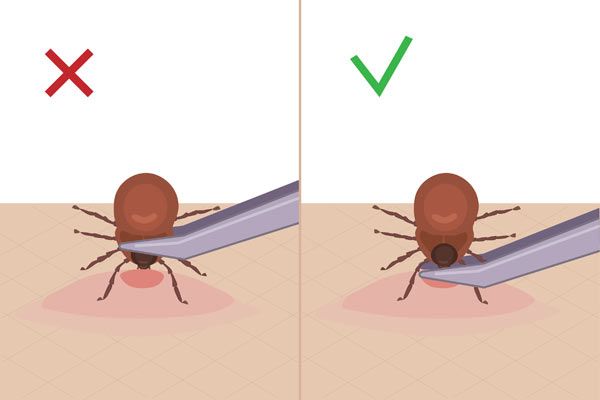
How To Properly Remove A Feeding Tick
To properly remove a feeding tick, follow these steps:
- Use fine-tipped tweezers: Grasp the tick as close to the skin's surface as possible. Avoid squeezing the tick's body, as this can push more bacteria into the wound.
- Pull straight upward: With a steady hand, pull the tick upward with firm, even pressure. Do not twist or jerk the tick, as this can cause the mouthparts to break off and remain embedded in the skin.
- Clean the bite area: After removing the tick, clean the bite area and your hands with rubbing alcohol, an iodine scrub, or soap and water.
- Dispose of the tick: Submerge the tick in rubbing alcohol, place it in a sealed bag or container, wrap it tightly in tape, or flush it down the toilet. Do not crush the tick with your fingers.
- Monitor for symptoms: Keep an eye on the bite area for any signs of infection or symptoms of Lyme disease, such as a rash, fever, fatigue, muscle aches, or joint pain. If you develop any symptoms, seek medical attention promptly.
Remember to consult with a healthcare provider if you are unsure about removing a tick or if you have concerns about possible exposure to Lyme disease. Early detection and treatment can help prevent complications associated with Lyme disease.
Conventional Medicine Antibiotics Aren't Always the Only Answer
While antibiotics and other prescription medications can help treat the disease and the all-too-common tick-borne co-infections that often hitchhike into your body through a tick bite, holistic remedies are also appropriate in treating and managing Lyme disease.
Antibiotics alone may not suffice because the Lyme disease bacterium can enter the cell. When it does this, the cell membrane inadvertently protects the bacteria and shields it from the antibiotics. The bacteria can also hide dormant in the nervous system, among other places, where antibiotic drugs can't reach them.
Natural treatments can help heal the body by eliminating infection, reducing inflammation, and rehabilitating an injured immune system. Using Nutrition Response Testing, I do not diagnose or treat Lyme, but if a patient comes in knowing they have it, here is how I help support the body:
- Herbs: samento, banderol, stevia, Andrographis Complex, resveratrol, and cat's claw all target Lyme and related tick-borne infections.
- Tea time: Green tea compounds, along with curcumin, a component of the spice turmeric, are known to reduce oxidative stress and aid in traditional antibiotic treatment. Visit our tea bar for custom blends.
- Vitamins and Minerals: Zinc, B, and D vitamin deficiencies could slow down Lyme recovery, so I always test to see if a patient needs these.
- Probiotics: Probiotic foods may help replenish beneficial bacteria in the gut that are wiped out by antibiotic Lyme disease treatment. Organic yogurt, kefir, and even fermented vegetables are good sources of probiotics, and a supplement may also be needed.
- Exercise: Even small oxygen concentrations can help destroy Lyme bacteria in the body. Although Lyme typically zaps people's energy, intense exercise during and after treatment can help keep the disease at bay.
- Natural Anti-inflammatories: Natural compounds that ease inflammation, such as curcumin and Standard Process's Antronex.
- Diet: A low-carbohydrate diet is necessary because carbohydrates, including sugar, fuel Lyme germs. This means ditching most processed foods and avoiding any added sugar. Muscle testing and actively supporting the person's general health, emphasizing their immune system, circulation, reduced inflammation, and detoxification can reduce symptoms and complete immune system restoration.
It could be Lyme disease, an autoimmune condition, or any other of the thousands of things people fight these days, but one thing is sure: You can help your body heal by changing your toxic environment.
Tips for Preventing Lyme Disease
To prevent Lyme disease, it is important to take proactive measures when spending time outdoors in tick-prone areas. Avoiding densely wooded or grassy areas, particularly during the peak tick season of late spring and early summer, can help reduce your risk of exposure. When venturing into nature, wear long-sleeved shirts, long pants, and closed-toe shoes to cover your skin and make it harder for ticks to latch on. Tucking your pants into your socks can also prevent ticks from crawling up your legs.
After spending time outdoors, conduct a thorough tick check on yourself, your family members, and your pets, paying close attention to hidden areas like the scalp, armpits, and groin. Removing a tick promptly with tweezers is crucial to prevent transmission of the Lyme disease-causing bacterium.
Taking a shower within two hours of coming indoors can help wash off any unseen ticks. It is also important to maintain your yard by keeping grass short, removing leaf litter, and creating a barrier between wooded areas and your lawn. Consider landscaping modifications to reduce tick habitats near your home. Additionally, treating pets with tick-prevention products and checking them regularly for ticks can help protect both your furry companions and your household.
By implementing these preventive measures and staying vigilant during tick season, you can lower the risk of contracting Lyme disease and other tick-borne illnesses. If you suspect a tick bite or develop symptoms of Lyme disease, seek prompt medical attention for diagnosis and treatment.
